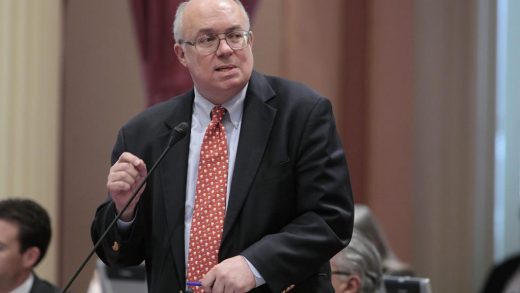
Listen to Stuff’s new podcast, The Trial, in the player below or on Apple or Spotify. The show offers in-depth coverage of the trial of David Charles Benbow.
After hearing seven weeks of involved evidence and nearly 21 hours deliberating, a Christchurch jury has indicated it is struggling to reach a unanimous verdict in the murder trial of David Benbow.
The seven men and five women returned to resume their deliberations on Monday at 9.30am when Justice Jonathan Eaton gave them further guidance on a question they presented in writing late on Friday. At that stage there was no indication they had reached an impasse.
About 11.30am, the jury returned to the court after indicating they were struggling to reach a unanimous verdict. Justice Eaton encouraged them to try to reach a unanimous verdict but they had the option of an 11-1 majority verdict.
READ MORE:
* Jury deliberating in David Benbow murder trial – but no verdict yet
* Stuff launches latest true crime podcast, The Trial
* Feelings of jealousy, anger and betrayal at heart of Michael McGrath’s murder, Crown says
* Car sightings, missing jersey and three petrol station stops – CCTV crux of David Benbow murder case
If the jury can’t reach a majority verdict the court will give the jury what is known as a Papadopoulos direction which encourages jurors to persevere with their deliberations and to demonstrate a willingness, having listened carefully to the views of other jurors, to change their view.
Inherent in such a direction is a subtle pressure on the jury to conform, which is why the law requires, if such a direction is given, a counterbalance to the effect that jurors should nonetheless be true to their oaths.
Benbow, 54, is on trial for allegedly murdering his childhood friend McGrath, 49, on May 22, 2017.
The Crown said he was motivated by jealousy and anger at McGrath dating his ex-partner, Joanna Green. He was also furious at what he would lose in the matrimonial property split, the Crown said.
It was alleged he shot McGrath with his .22 rifle after inviting him to his house at Candys Rd, Halswell, on the pretext of helping him shift railway sleepers, and then disposed of his body.
The jury retired to deliberate about 12.50pm on Wednesday last week.
On Monday morning the judge dealt with a written question from the jury asking for clarification on what is reasonable doubt and “how we might bind together the disparate strands and different strengths” to measure them against a test of reasonable doubt.
Justice Eaton said the Crown would only have met the beyond reasonable doubt test if “you are sure Mr Benbow is guilty of murder”.
KAI SCHWOERER/Stuff
Justice Jonathan Eaton presided over the seven-week murder trial of David Benbow.
“It is not enough that the Crown persuades you that he is probably guilty or very likely guilty. However, it is virtually impossible to prove anything to an absolute certainty when you are dealing with a reconstruction of past events…
“A reasonable doubt is an honest and reasonable uncertainty that is left in your mind about the guilt of the defendant after you have given careful and impartial consideration to all the evidence,” the judge said.
How the various strands were bound together and what weight they were given was a matter entirely for the jurors, he said.
“The case against Mr Benbow is a circumstantial case … The logic that undermines circumstantial cases is that the defendant is either guilty or is the victim of an implausible and unlikely series of coincidences.
“Circumstantial evidence involves drawing inferences from facts that have been established in evidence as opposed to relying on direct evidence.
SUPPLIED
Michael Craig McGrath went missing on May 22, 2017 and was never seen again.
“An inference is a conclusion that is drawn from established facts … But an inference is not a guess and does not engage speculation, rather it’s a logical deduction from the facts that you find proved.”
He said the individual building blocks of the Crown case did not have to be proved beyond a reasonable doubt before they could be taken into account, “nor are you required to be satisfied to any particular standard before the existence of the circumstantial fact under consideration can be used as one of the strands in the rope”.
“The importance you attach to an individual strand is a matter for you but obviously in this case some strands are seen as more important than others.
“You do not have to agree amongst yourselves what is the most important strand or strands in reaching your verdict … it is the outcome on which you must be unanimous not the reason why you get to that outcome.”
KAI SCHWOERER/Stuff
David Benbow on his way to hear the summing up of the evidence in his murder trial at the High Court in Christchurch on Thursday.


